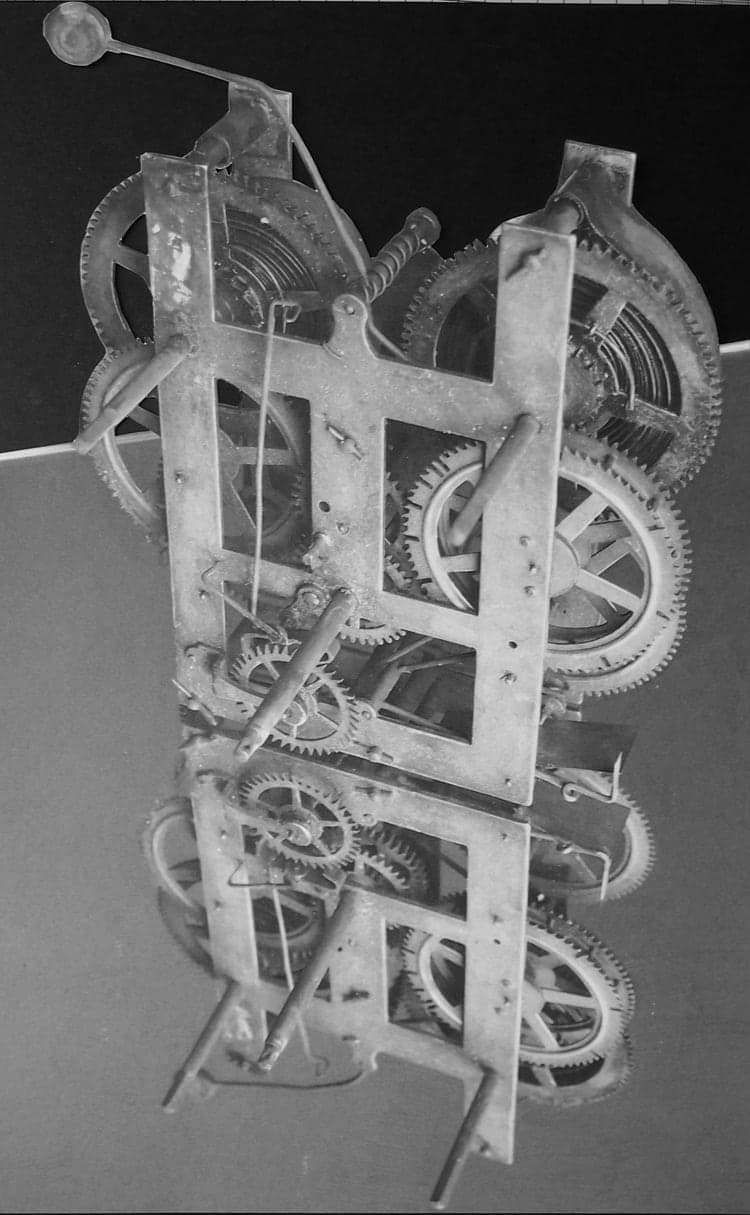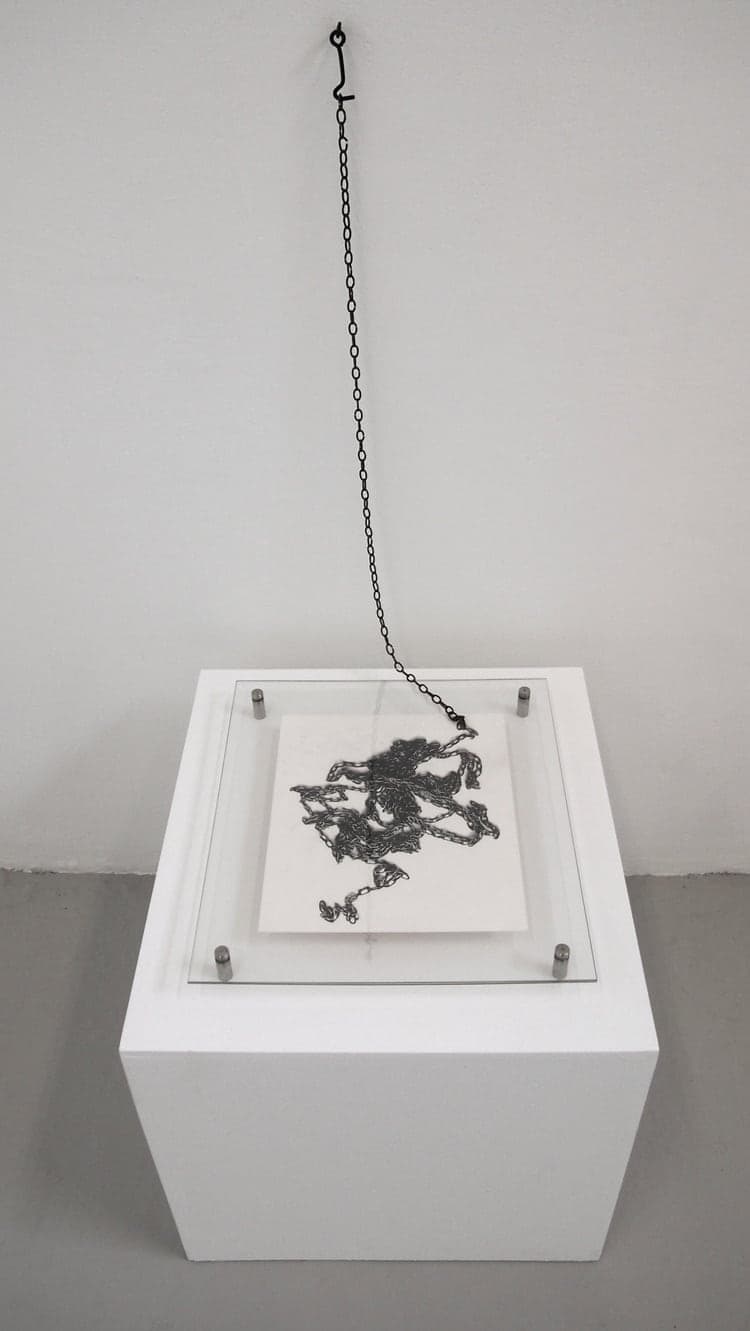 I’m Alice Robinson. I graduated last year from Loughborough University, England after completing my degree in Fine Art. I’m now currently living in Australia after travelling South East Asia for the past eight months in order to find inspiration and clarity on where I should take my artwork next.
I’m Alice Robinson. I graduated last year from Loughborough University, England after completing my degree in Fine Art. I’m now currently living in Australia after travelling South East Asia for the past eight months in order to find inspiration and clarity on where I should take my artwork next.
I met a very inspirational man in Sydney who works for Animal Logic; he introduced me to the Rookies and advised me to submit some work into the competition. I’m hoping this will help to get my work ‘out there’ and propel me into the industry in some way!
But for now, I’d like to show you my most recent project that I completed for my final exhibition at Loughborough University. This body of work is based around the concept of ‘Time’ and my work in general attends to issues of representation and interpretation and explores the liminal space between drawing and photographic representation.
When producing the drawings my main aim is to carefully render images that look as close to photographs as possible
My style of drawing is photorealistic. When producing the drawings my main aim is to carefully render images that look as close to photographs as possible. You may question ‘why’ or ‘what is the point’ when the camera can instantly snap a similar image- well, that questioning is the exact reason behind creating this installation, ‘Time, Suspended States.’
‘Time, Suspended States’ Installation space at Loughborough University.
The camera allows us to explore the nature of suspended states, freeze transitory moments, and see things in macro form, which the eye alone cannot do. However, I believe in a world saturated with digital imagery, the photograph alone can sometimes lack the physicality, tangibility and sensorial aspects that drawing possesses. Therefore, my work utilizes the exclusive visual codes of the camera but transforms the image through the time consuming and the physical act of drawing.
Clock Mechanism drawing.
I particularly like that the photorealist style of drawing encourages the viewer to obtain sustained interaction with the work in order to distinguish and question the medium and process of every piece.
These next two drawings I have drawn the blur of the photograph to emphasize the notion of the frozen moment in time.
To create each drawing, it is important for me to begin on the correct surface. The paper must be of good quality and thickness while remaining smooth and flat in texture.
It is important for me to begin on the correct surface. The paper must be of good quality and thickness while remaining smooth and flat in texture.
If I use a rough textured paper, you can see the pencil shading lines and strokes much clearer, and I don’t want that, as the aim is to get the drawing to look just like a photograph. My preferred paper choice is Daler Rowney 220 g/m heavy weight.
I don’t use the grid technique to create the perfect drawing, as for this method you have to either draw over the grid or rub it out afterwards. This creates friction and therefore more texture on the paper, which can ruin the flat ‘photographic look’ to the drawing. Instead, I measure and mark small points on the paper in order to get the correct proportions. Sometimes I even use a light box to get a correct outline if I’m attempting a very complex layered image.
I don’t use the grid technique to create the perfect drawing, as for this method you have to either draw over the grid or rub it out afterwards.
Finally the shading, blending and highlighting; to be honest, I don’t use a huge amount of high-tech tools to blend and highlight. For me, it’s all about using the correct hardness of pencil. It’s hard to explain the technique any better than the softer the pencil, the darker the shade of grey I want. I use the harder pencils a lot to get a really delicate soft light shade, which just takes a lot of practice in applying the correct pressure to the pencil.
Related link: How to Illustrate for Time magazine
Alternatively, I sometimes create a light shade through gentle smudging using a soft piece of material in circular motions.
Close up of clock mechanism drawing showing shading.
For the highlights, I try to keep them the white of the paper. As I said before, I don’t like to rub out (although sometimes it is necessary), but I do keep it to a minimum by planning ahead and making sure I don’t touch light areas with any graphite. I also like to use a white pencil to pick out specific areas such as creating a shine or when I want to emphasise particular points.
White pencil was used to create these small white dots to depict the details of the metal surface.
I aimed to create a visually dynamic final installation for this work. It depicts an amalgamation of drawings, photographs, and objects. This representational play illustrates the levels of time involvement, status, and verisimilitude of the work- deconstructing the image for the viewer.
Mirror image lock mechanism drawing.
Drawing of chain close up.
Drawing of chain within the installation contrasting with the ‘real’ object
If you would like to see more of my work please check out my website: www.alicemarierobinson.com
Thank you for reading!








